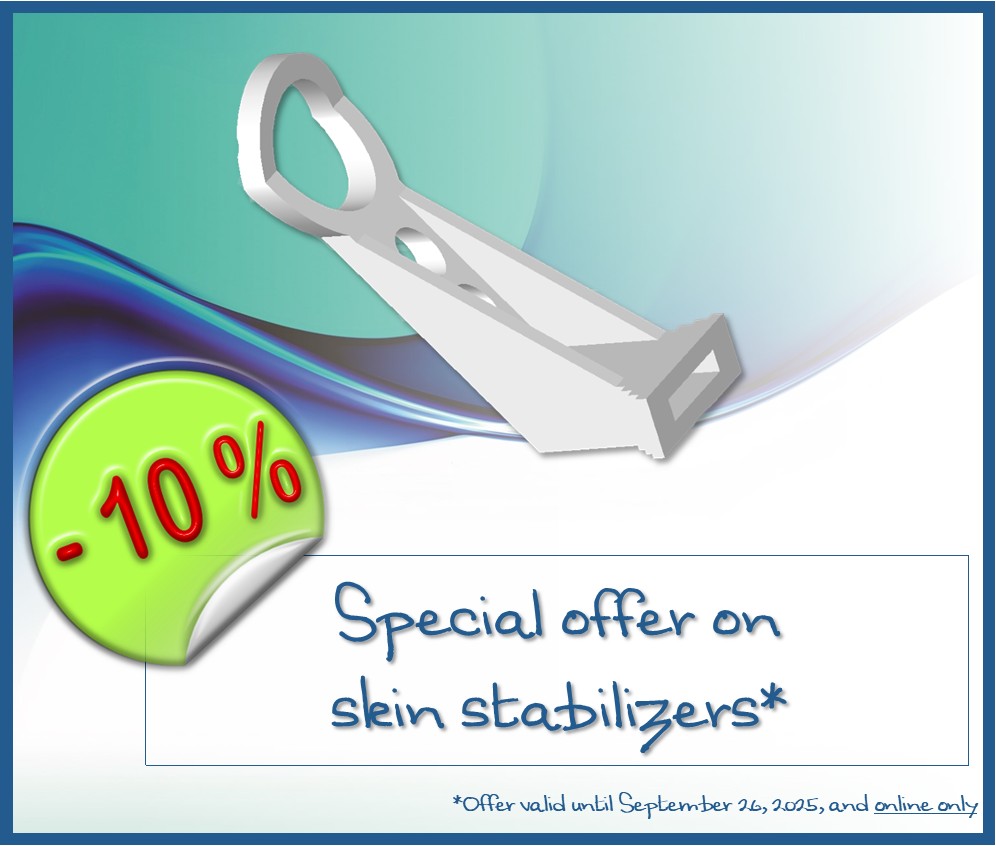- Introduction
-
Mesotherapy
- Doctor Pistor
- Discover the action of mesotherapy
- Advantages of mesotherapy
- Hygiene and asepsis in mesotherapy
-
Présentation de la mésothérapie
-
Mesotherapie "medical"
- Mesotherapy & Pain
- Muscle strain
- Mesotherapy and migraine
- Mesotherapy and fibromyalgia
- Knee mesotherapy
- Arthrose et Mésothérapie
- Carpal tunnel treatment
- Rhumatologie et Mésothérapie
- Meso-stress
- Mesotherapy & Back Pain
- Mesotherapy & Warts
- Mesotherapy & Zona
- Mesotherapy & low back pain
- MESOTHERAPY AND ELONGATION
- Mesotherapy and chronic neck pain
- Mesotherapy and tinnitus
- Mesotherapy and stress fractures
- Algodystrophie et mésothérapie
- Mesotherapy and contractures
- Epicondylitis and mesotherapy
- Achilles tendon treatment by mesotherapy
- Mesotherapy sports
- Mésoperfusion
- Aesthetic Mesotherapy
- Mesotherapy veterinary
-
Mesotherapie "medical"
- Why use a Pistor ??
- Injection techniques
- Formation
- The Pistor
- Consummables
Cart
0
Product
Products
(empty)
No products
To be determined
Shipping
0,00 €
Tax
0,00 €
Total
Prices are tax included
Product successfully added to your shopping cart
Quantity
Total
There are 0 items in your cart. There is 1 item in your cart.
Total products
(tax incl.)
Total shipping (tax incl.)
To be determined
Tax
0,00 €
Total
(tax incl.)
Mesotherapy and tinnitus
 Tinnitus is a hissing, buzzing, or short, loud hiss in the ear, not coming from outside.
Tinnitus is a hissing, buzzing, or short, loud hiss in the ear, not coming from outside.
Tinnitus can be caused by a dysfunction at any point in the auditory system: from the outer ear to the auditory cortex. Tinnitus is reported to be present in more than 80% of subjects with sensorineural hearing loss.
There are many causes and tinnitus is often multifactorial:
1/. Otological causes:
- middle ear involvement: otosclerosis, chronic otitis, cholesteatoma, barotrauma
- damage to the inner ear: Ménière's disease, presbycusis, trauma to the petrous bone
- impairment of the auditory nerve: neuroma of the VIII
2/. Non-otological causes:
- vascular origin: arterial hypertension, stenosis or carotid aneurysm
- articular origin: cervical involvement, temporomandibular dysfunction
- other etiologies: diabetes, hyperthyroidism, neurological pathologies, sleep apnea syndrome.
3/. Idiopathic causes
Mesotherapy can be a therapeutic response to tinnitus.
Drug mixture:
- Lidocaine: for its analgesic effect, vasomodulator. Indeed, mixed with other products, it potentiates the diffusion and thus the effectiveness. Vasomodulator, it stimulates microcirculation,
- Piroxicam: for its anti-inflammatory effect,
- Calcitonin: for its anti-osteoarthritis effect (reduction of bone resorption)
- Thiocolchicoside: for its muscle relaxant effect
- Etamsylate: for its veinotonic effect
- Magnesium: for its anti-osteoarthritis and muscle relaxant action
Injection technique:
The mesotherapy technique used is said to be mixed with intra-epidermal injections and
Superficial injections: IED approximately 0.5 to 1mm deep either in IDS or in epidermal topping coupled with a deep injection technique: IDP at 4mm depth.
Injection site: On the paravertebral muscles and on the vascular axes of the neck (pericarotid).
Injection frequency: D1, D7, D14 then a final consultation to assess the results on D28

